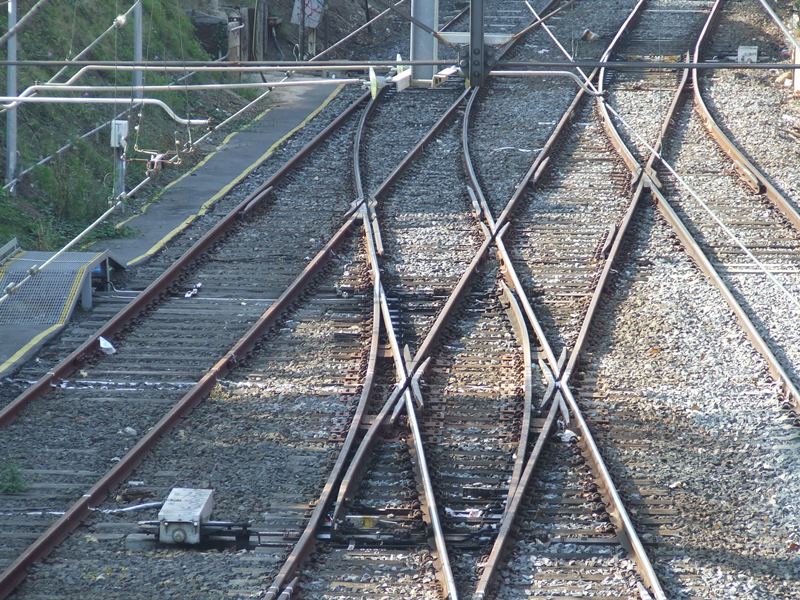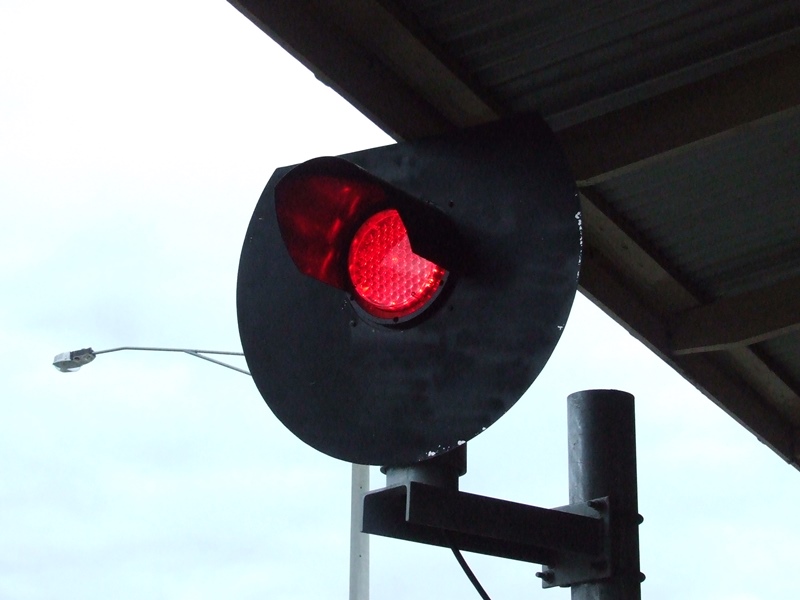Rail signalling system fundamentals
Rail signalling systems are more than a series of ‘traffic lights for trains’. Signals are the main way train drivers make decisions about train speed and the route ahead of them.
Signalling systems regulate the movement of trains and ensure the safety of rail users by:
- maintaining a safe distance between trains travelling on the same route
- controlling the movement of trains at junctions or when crossing a path that could be used by another train
- regulating train speed according to the density of train traffic.
A further fundamental of signal systems is that in the event of an equipment failure, the safety of trains is assured.
Watch a busy metropolitan train system and you can see how and why it’s important to regulate speed and distance between trains. You can also see how signals do this.
Signalling systems include complex combinations of electronic controls and circuitry, colour light signals and track controls, and features such as train stops that respond to a red signal being overrun.
These different elements of a signalling system combine to minimise the likelihood of human failure:
- track circuiting, which ensures that a train on a running line cannot remain undetected, unobserved or unprotected
- interlocking and route handling to provide the safe passage of trains from one signal to the next
- multiple aspect colour light signals to give simple and clear indications to a train driver in all weather conditions
- train stops to apply train brakes automatically if a driver runs a red signal.
Installing and maintaining rail signalling systems demands high levels of knowledge and skill in a discipline that crosses electrical, communications technology and information technology.



